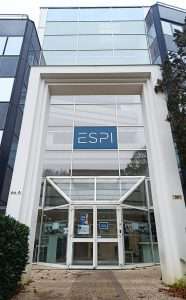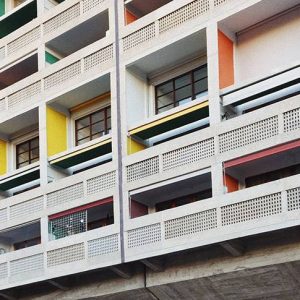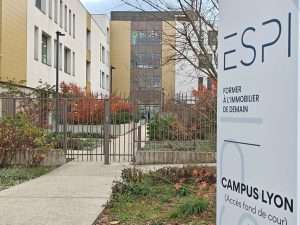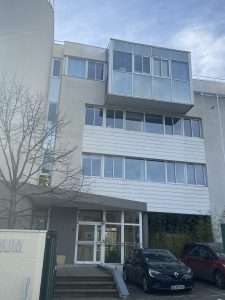RECHERCHE | Participation de Federica APPENDINO à la Conférence annuelle AIARG organisée par l’University of Ulster de Belfast
Ce vendredi, Federica APPENDINO, enseignante-chercheuse en urbanisme et aménagement au sein de notre Laboratoire ESPI2R, participe – avec Janet Hetman du laboratoire de recherche de l’ENSA (Ecole Nationale Supérieure d’Architecture de Nantes) – à la Conférence annuelle AIARG organisée par l’University of Ulster de Belfast.
Leur sujet porte sur : Heritage protection and retrofit, towards an integrated approach for an eco-neighborhood in Paris. The case study of Saint-Vincent-de-Paul.
Abstract : Energy retrofit of ancient and heritage buildings appears as a great challenge for sustainable neighbourhoods. While recognized as a strategic measure to achieve sustainable development goals, since the historic built stock has a great potential for saving energy and reducing GHG emissions, retrofitting historic buildings in Europe is still very complex. In this context, the case of Paris is interesting and innovative, because of the strategies implemented to find a balance between urban heritage conservation, new buildings and sustainability goals. On this basis, this paper aims to contribute to this growing area of research by discussing the Saint-Vincent-de-Paul eco-neighborhood in Paris. An ancient hospital complex, characterized by an important and stratified architectural heritage asset, the project is intended to become the first carbon-neutral and resilient neighborhood of the city. The urban project aims to ensure a harmonious balance between the construction of the contemporary blocks and the preservation of the site’s historic buildings, providing an ambitious environmental approach. Indeed, through this case study, the article examines questions about retrofit solutions applicable to built heritage and investigates their benefits and limitations. Our first results stress contradictions with three main environmental ambitions: energy efficiency, rainwater management and waste reduction. A cross-cutting reading is presented, by proposing an inter-sectoral dialogue, combining the academic and the practitioner point of view, as well as an inter-scalar approach, from the strategic urban scale to the building scale of Maternity Pinard. The case study underlines compatibilities and conflicts between the characteristics of the building and the technical strategy and solutions applied. Moreover, going into details of Maternity Pinard building allows to describe the relationship in which architectural heritage and energy behavior are chained together and juxtaposed.









